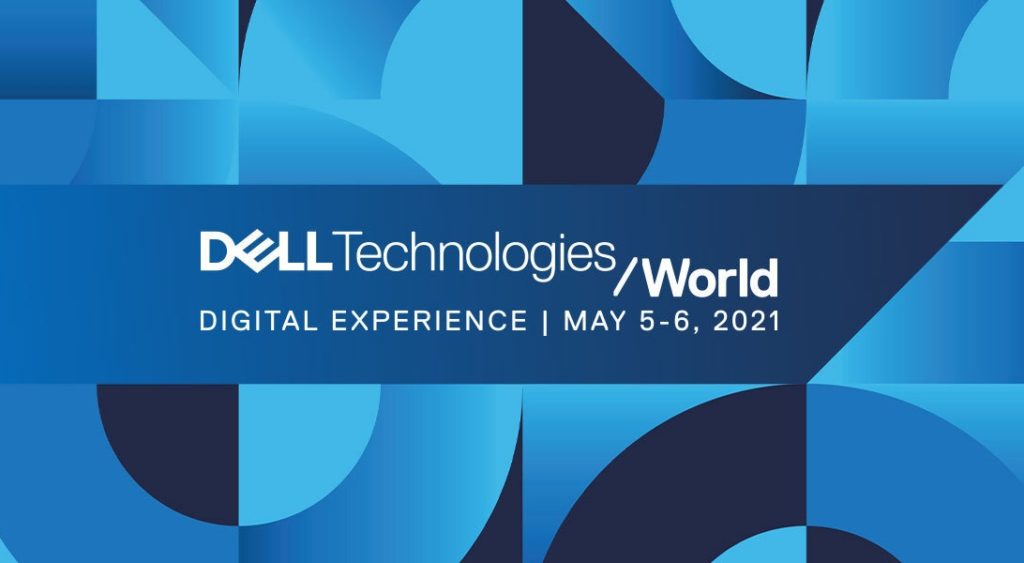It is a company event time again, and I’ve been going to large company virtual events for several months. This week was IBM Think, and IBM does a better job than most at these things. Of the events I’ve attended, some things are working better than others, and Think this week, which was particularly well done, was a showcase of many of them. However, Dell, Microsoft, and NVIDIA stood out as well, and I think it would be helpful to talk about what worked and what didn’t and highlight again what everyone still seems to be struggling with for remote events.
Let’s start with what worked.
Professional Internal Production
Both IBM and Microsoft have their studios for video, and it shows in terms of production quality. Those two events had some of the best staging and executive customer interaction of the group. They appear to use similar practices to what we are used to for TV shows. This production quality created an overarching sense of competence and confidence.
Particularly when viewing a technology company, the appearance of not understanding how to use a virtual forum is problematic. If the firm can’t figure out how to do a significant event using technology well when essential to them, why would you trust them to build a mission-critical project?
I get that these firms aren’t in the TV business, but some have figured out that their image is tied to how well they appear to others. Most people will only see these firms through the digital lens at events like this, and if the events are poorly done, particularly when compared to a well-done event by a peer, that is likely to harm sales. It may be unfair, but people build perceptions on what they see, and those perceptions become their reality. If they see a company presenting badly, they are likely to have a less favorable impression of that company.
Use of Technology
NVIDIA stood out this year with a CEO keynote that appeared to come from the CEO’s kitchen but instead was fully rendered at photorealistic levels. It bugs me when companies don’t use the tools they make; the implication is they are all talk and no show. When I worked at a large tech firm, I once asked, “If our technology is so good, why don’t we use it” and got a response, “Would you rather we used it, or our customers used it”? Which left me thinking the person I was talking to was an idiot because that was a false dichotomy; there was no reason why both couldn’t use the technology.
Not only did NVIDIA use their technology, by doing so, they undoubtedly had others wishing they could do what NVIDIA did. Now NVIDIA should have but didn’t, answered that question and, I expect, they will in next year’s event, but this ability to create the perfect stage both showcased NVIDIA’s capability and made me want it. The only question I’m left with is why every company doesn’t find a way to showcase what they do when talking about doing it.
Compelling Content
At Dell Technology World, they have many sessions with little to do with Dell but deal with broader issues like the world economy, the future of technology, how to deal with difficult people on Zoom meetings, and work/life balance. These things help keep the audience from burning out on the content because 5 -7 hours of just vendor content are just too much when you have plenty of distractions. In one such session a few years back, the speaker argued that the future of personal technology growth this decade would be in robotics and, I’m guessing, not a single Dell decision-maker attended the event because Dell is doing little or no work in Robotics while Qualcomm, NVIDIA, Lenovo, and a considerable number of Asian companies did get that memo.
What Doesn’t Work
I won’t call out the vendors here, but several things aren’t working. On24 sessions, which started the COVID-19 pandemic as a go-to for many, haven’t aged well. Against the progress of the other tools, it just feels dated and clunky from the standpoint of an observer.
Crappy camera work and lousy staging detract from the event. Placing someone on what appears to be a substantial physical or digital empty stage is not only a poor use of screen resources (mainly if you aren’t showing slides). It doesn’t show well. Add to this moving the camera around the speaker, so you are spending a lot of time looking at their ears from the side of their head rather than their eyes. This camera movement can be done with a live audience to show audience engagement, but when there isn’t an audience, it breaks eye contact for no reason and showcases the speaker is standing in a large empty room. Camera movement just for movement is a novice mistake; speakers should always face the audience and speak to the audience, not face an empty room speaking to nobody. Watch a news program; the newscasters always face and talk to the camera even if they have to turn for a different camera angle.
Lack of rehearsal and poor microphone skills. This season, I only saw one CEO who didn’t rehearse, but there were several breakout sessions where people seemed to forget that they need to speak into the microphone and limit their head and body movements. Rehearse using the technology you’ll use when speaking and if you move a lot, consider switching to a lavalier microphone from a boom or other fixed microphone. Some executives refuse to rehearse; designing a venue around that activity using a moderator or some other vehicle is far better than letting the executive flame out on camera. Making your executive, particularly if they are a CEO, look bad doesn’t end well for anyone. And please remind executives that complaining about the production quality of their event reflects poorly on them and fix what’s broken in rehearsal. If you don’t rehearse, accept that the breakage is your fault. You aren’t fooling the audience. (And it is generally bad form to dress down your staff in public regardless).
Digital Event Constructs suck. What I’m talking about is the effort to construct what looks like a physical venue you have to navigate through, rather than just nested menus. Moving in and through virtual buildings to find sessions virtually is wasteful and doesn’t fool anyone into thinking they are actually at a small venue. The first time is fun, but after a day or so of sessions, having to start from outside a fake building, navigate through fake reception rooms, to find fake speaking rooms gets old quickly.
One-on-one meetings seem to have disappeared. A significant part of physical events seems to drop off of virtual events, yet I can think of no technical reason not to do them. You don’t even need to do them in the event window since you can meet virtually. NVIDIA did do an excellent job with small, focused group meetings. Still, most seem to have swept interpersonal actively, at least concerning analysts, into the dustbin, and I think that is unwise.
Wrapping Up
As with all things, companies that have dedicated and trained teams to do video do it better than those that don’t. These events are how customers touch many vendors now, and the impressions they get of the vendor, good or bad, will impact how willing they are to buy from that vendor. In the end, any activity that reflects on the company as a whole, like a significant digital event, should be done well or not at all. If people are poor speakers or unwilling to rehearse, swap them out for people that will do the work. Sloppy work implies that you don’t care about the impression the audience gets and give that audience is made up of customers that lack of caring will reflect poorly on you.
Work on bi-directional engagement. Until we get to a point when our conversational AIs can do this automatically, every attendee should have at least one in-person interaction if, for no other reason, to capture their impressions so you can improve their next experience. Relationships are a process, and if you don’t engage, those relationships not only won’t improve, but they are also likely to degrade over time.
Finally, events like this are ideal for showcase AI-based customer engagement tools like conversational AI. Any tool the audience can successfully use at an event is more likely to be considered by that potential customer. There should be far more “show” to these heavily “tell” events.




Comments are closed.